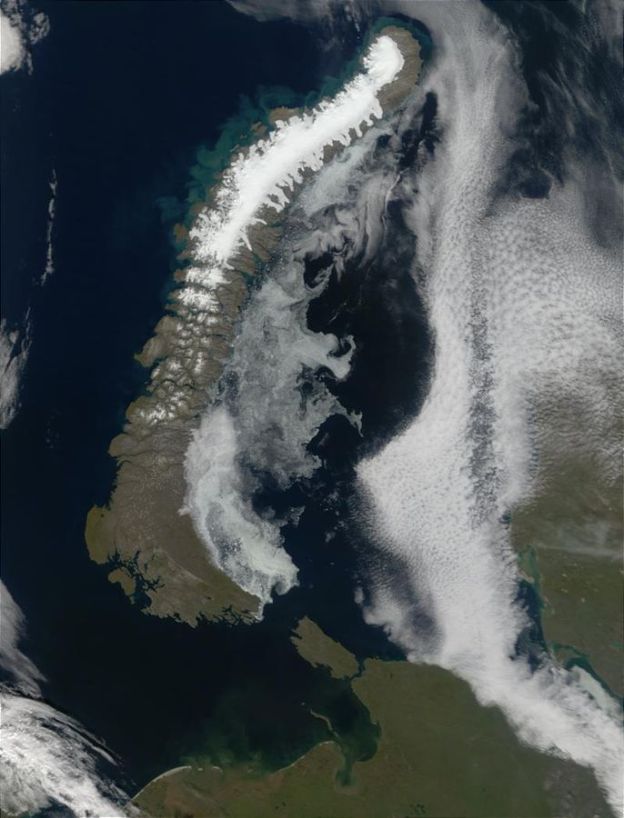The Soviet Union used the waters east of Novaya Zemlya to dump reactors, spent nuclear fuel and solid radioactive waste from both the navy and the fleet of nuclear-powered civilian icebreakers. About 17,000 objects were dumped in the period from the late 1960s to the late 1980s. Most of the objects are metal containers with low- and medium level radioactive waste. The challenge today, though, are the reactors with high-level waste and spent uranium fuel, objects that will pose a serious threat to the marine environment for tens of thousands of years if nothing is done to secure them.
The reactors from the submarines K-11, K-19 and K-140, plus the entire submarine K-27 (in the Kara Sea) and spent uranium fuel from one of the old reactors of the Lenin-icebreaker have to be lifted and secured. Also, the submarine K-159 (in the Barents Sea) that sank north of Murmansk while being towed for decommissioning in 2003 have to be lifted from the seafloor, the experts conclude. A study report made for Rosatom and the European Commission has evaluated the costs of lifting all six objects, bringing them safely to a yard for decommissioning and securing the reactors for long-term storage. The estimated price-tag for all six will €278 millions, of which the K-159 is the most expensive with a cost of €57.5 millions. Unlike the submarines and reactors that are dumped in relatively shallow waters in the Kara Sea, the K-159 is at about 200 meters depth, and thus will be more difficult to lift.
Excerpts from Thomas Nilsen, Lifting Russia’s accident reactors from the Arctic seafloor will cost nearly €300 million, Mar. 8, 2020
